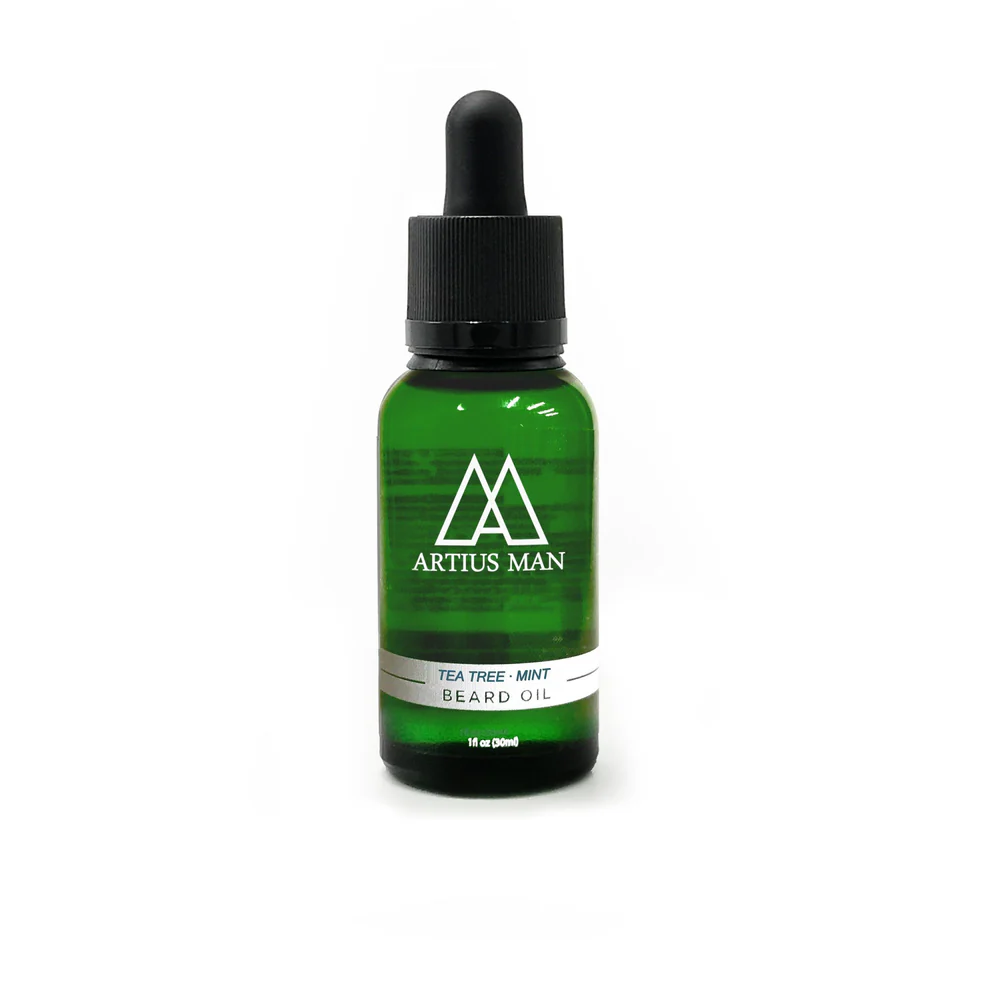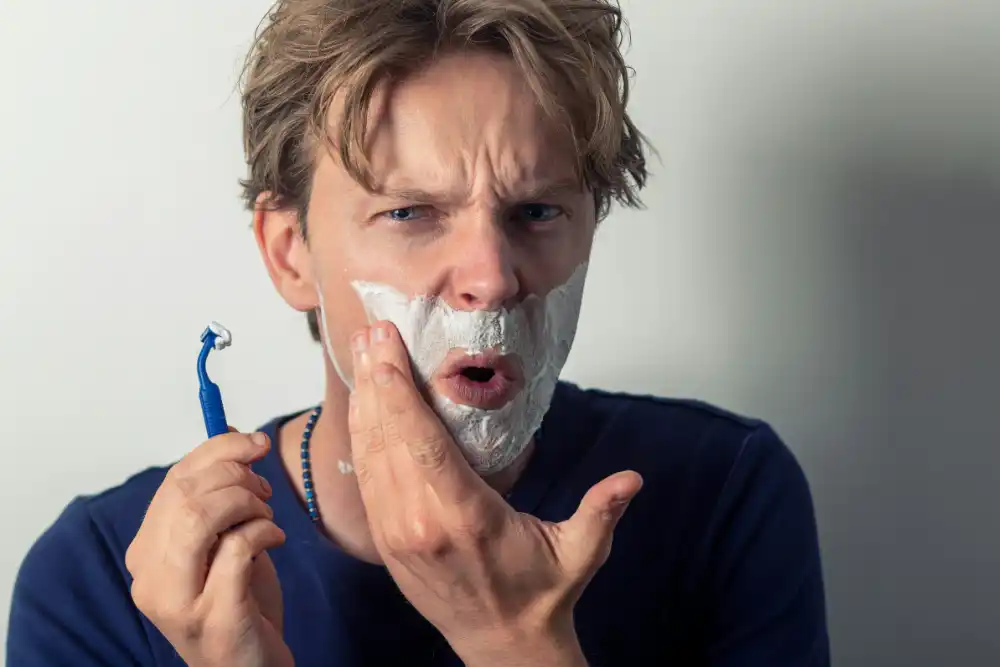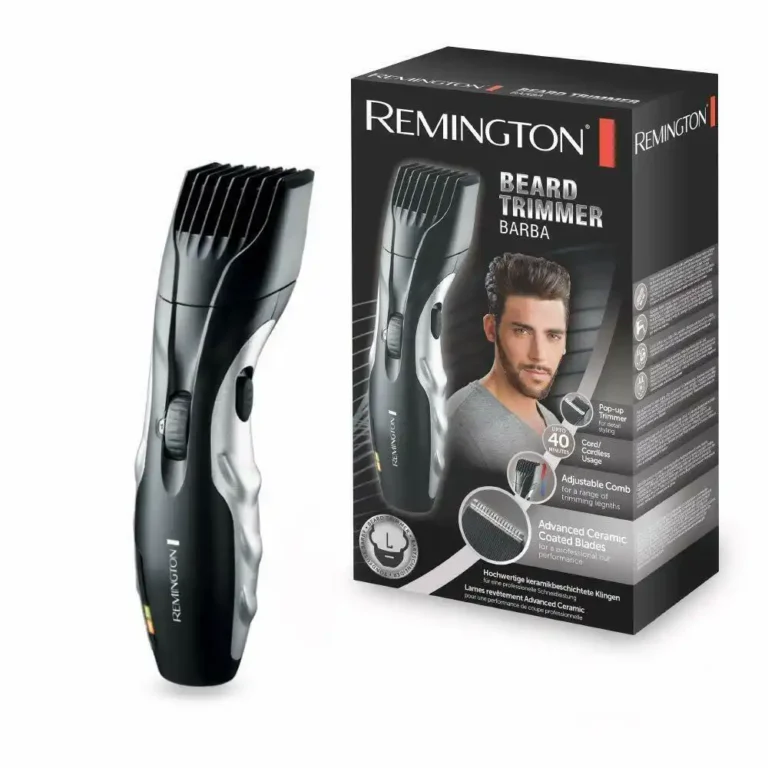This post may contains affiliate links.
Have you ever experienced the frustrating and sometimes painful issue of ingrown hairs or razor bumps after shaving? You’re not alone. Millions of people struggle with this common problem, which can leave your skin feeling irritated, looking bumpy, and even lead to infection if not properly addressed.
Imagine being able to achieve a smooth, flawless shave every time, without the worry of those pesky hairs making an unwelcome appearance. Whether you’re preparing for a special event or simply want to feel confident in your everyday life, mastering the art of preventing and treating ingrown hairs is essential for anyone who shaves regularly.
In this comprehensive guide, we’ll dive into the world of ingrown hairs, exploring their causes and offering practical solutions. You’ll learn how to effectively treat existing hairs, discover shaving techniques that minimize their occurrence, and develop skincare habits that keep your skin healthy and ingrown-free.
Let’s get started on your journey to smoother, happier skin!
Understanding Ingrown Hairs
What are they?
Ingrown hairs occur when hair grows back into the skin instead of rising up from it. This common condition can cause discomfort, redness, and small, raised bumps on the skin’s surface. They are often a result of hair removal methods, particularly shaving.
Read WebMD.com story for more info on ingrown hair.
Why shaving increases the risk
Shaving significantly increases the risk of developing ingrown hairs for several reasons:
- It creates sharp, angled tips on the hair shaft
- It can irritate the skin, causing inflammation
- It may push hair back into the follicle
These factors make it easier for the hair to grow sideways or curl back into the skin, leading to ingrown hairs.
Areas most prone to ingrown hairs
While ingrown hairs can occur anywhere on the body, certain areas are more susceptible:
- Face and neck (especially for men)
- Bikini area
- Underarms
- Legs
These areas typically have coarser hair and are frequently shaved, increasing the likelihood of ingrown hairs.
Common causes of ingrown hairs
Several factors contribute to the development of ingrown hairs:
- Tight clothing that rubs against the skin
- Dead skin cells clogging hair follicles
- Curly or coarse hair types
- Improper shaving techniques
- Dry skin
Understanding these causes is crucial for developing effective prevention strategies and treatment methods for ingrown hairs. Now that we’ve explored what ingrown hairs are and why they occur, let’s move on to treating existing problems.
Treating Existing Ingrown Hairs
Now that we understand what ingrown hairs are, let’s explore how to treat them effectively. Dealing with existing ingrown hairs requires a gentle approach and patience to avoid further complications.
Avoiding further irritation
When you discover an infected ingrown hair, it’s crucial to resist the urge to pick or squeeze it. This can lead to:
- Increased inflammation
- Infection
- Scarring
Instead, focus on gentle treatments that encourage the hair to naturally emerge from the skin.
When to seek medical help
While most ingrown hairs can be treated at home, there are instances when professional medical attention is necessary:
- If the area becomes increasingly painful or swollen
- If you notice signs of infection, such as pus or fever
- If the ingrown hair persists for more than a week despite home treatment
Using topical treatments

Over-the-counter topical treatments can be effective in managing ingrown hairs:
- Salicylic acid: Helps exfoliate the skin and reduce inflammation
- Glycolic acid: Promotes cell turnover and prevents hair from becoming trapped
- Tea tree oil: Offers natural antibacterial properties to prevent infection
Murphy & McNeil offers an exceptional tea tree oil product available for purchase.
This high-quality essential oil is meticulously crafted to meet the highest standards.
Apply these treatments as directed, typically once or twice daily until the ingrown hair resolves.
Applying warm compresses
Warm compresses can help soothe the affected area and encourage the hair to surface:
- Soak a clean washcloth in warm water
- Apply to the ingrown hair for 10-15 minutes
- Repeat this process 3-4 times daily
This method softens the skin and may help the hair break through the surface naturally.
Gentle exfoliation techniques
Regular, gentle exfoliation can help prevent and treat ingrown hairs by removing dead skin cells:
- Use a soft-bristled toothbrush in circular motions around the affected area
- Apply a gentle scrub with natural exfoliants like sugar or coffee grounds
- Use a loofah or exfoliating glove during your shower routine
Remember to be gentle to avoid further irritation. With these treatment methods, most ingrown hairs will resolve within a few days to a week. Next, we’ll explore effective shaving techniques to prevent ingrown hairs from occurring in the first place.
Effective Shaving Techniques to Prevent Ingrown Hairs
Now that we’ve covered how to treat existing ingrown hairs, let’s focus on prevention. By adopting effective shaving techniques, you can significantly reduce the occurrence of ingrown hairs and enjoy smoother, healthier skin.
Proper pre-shave preparation
Preparing your skin before shaving is crucial for preventing ingrown hairs. Follow these steps:
- Cleanse your skin with warm water and a gentle cleanser
- Exfoliate to remove dead skin cells
- Apply a pre-shave oil to soften the hair and lubricate the skin.
Post-shave care routine
After shaving, it’s essential to soothe and protect your skin:
- Rinse with cool water to close the pores
- Apply an alcohol-free aftershave or moisturizer
- Use products containing salicylic acid to prevent ingrown hairs
Mastering the correct shaving direction
Shaving in the right direction can make a significant difference in preventing ingrown hairs:
- Always shave in the direction of hair growth
- Avoid going over the same area multiple times
- Use light, gentle strokes to minimize irritation
- If you are new to shaving I recommend reading our guide on how to shave for beginners.
Choosing the right razor
The type of razor you use plays a crucial role in preventing ingrown hairs:
- Single-blade razors: Less likely to cause ingrown hairs
- Electric razors: Can be gentler on sensitive skin
- Multi-blade razors: Use with caution, as they can increase the risk of ingrown hairs
By implementing these effective shaving techniques, you’ll be well on your way to preventing ingrown hairs and achieving smoother, healthier skin. Next, we’ll explore essential skincare habits that can further help in preventing ingrown hairs.
Skincare Habits for Ingrown Hair Prevention
Now that we’ve covered effective shaving techniques, let’s explore some essential skincare habits that can significantly reduce your risk of developing ingrown hairs.
A. Wearing loose-fitting clothes
Tight clothing can exacerbate ingrown hair problems by:
- Trapping sweat and bacteria against the skin
- Creating friction that irritates freshly shaved areas
- Encouraging hair to grow back into the skin
Opt for breathable, loose-fitting garments, especially in areas prone to ingrown hairs like the bikini line, underarms, and legs. This simple change can make a big difference in preventing ingrown hairs.
B. Moisturizing for skin health
Keeping your skin well-hydrated is crucial for preventing ingrown hairs. A good moisturizing routine:
- Softens the skin, making it easier for hair to penetrate the surface
- Reduces skin irritation and inflammation
- Strengthens the skin barrier, protecting against bacteria
Choose a non-comedogenic moisturizer and apply it daily, especially after shaving or bathing when your skin is most receptive.
C. Regular exfoliation routine
Exfoliation is a key practice in preventing ingrown hairs. By removing dead skin cells, you:
- Clear the path for hair to grow outward
- Reduce the likelihood of pores becoming clogged
- Improve overall skin texture and health
Incorporate gentle exfoliation into your skincare routine 2-3 times a week. You can use a physical exfoliant like a scrub or a chemical exfoliant containing ingredients like salicylic acid or glycolic acid. However, be careful not to over-exfoliate, as this can lead to skin irritation.
By adopting these skincare habits, you’ll create an environment that discourages ingrown hairs and promotes healthier, smoother skin overall.
Ingrown hairs can be a frustrating and uncomfortable consequence of shaving, but they don’t have to be a constant concern. By understanding the causes of ingrown hairs and implementing proper treatment methods, you can effectively manage existing issues. More importantly, adopting the right shaving techniques and skincare habits can significantly reduce the likelihood of future occurrences.
Remember, prevention is key when it comes to ingrown hairs. Take the time to prepare your skin before shaving, use sharp, clean razors, and follow up with appropriate post-shave care. By incorporating these practices into your grooming routine, you’ll not only minimize the risk of ingrown hairs but also promote overall skin health. With patience and consistency, you can achieve smoother, irritation-free skin after every shave.
What is an ingrown hair and how does it occur?
An ingrown hair occurs when a hair that grows back into your skin instead of rising up from it. This can happen when the hair is cut and then curls back into the skin, leading to inflammation and sometimes infection. Read WebMD.com story for more ingrown hair info.
How can I prevent ingrown hairs when shaving?
To treat and prevent ingrown hairs, you can try other hair removal methods such as tweezing or waxing. Additionally, always shave in the direction of hair growth, use a sharp razor, and exfoliate regularly to remove dead skin cells and helps release ingrown hairs.
What are the common causes of ingrown hairs?
Ingrown hair causes include shaving too closely, having naturally curly hair, and using improper hair removal methods. People with thick or curly hair are more likely to have ingrown hairs.
Can ingrown hairs be prevented by changing shaving techniques?
Yes, changing your shaving techniques can help prevent ingrown hairs. Shave in the direction of hair growth, use a sharp razor, and avoid shaving too closely. Trying a small patch of hair first with new techniques can also help.
Are there any products that can help with ingrown hairs?
Yes, there are various products designed to help treat and prevent ingrown hairs. Look for exfoliating scrubs, salicylic acid treatments, and moisturizing lotions that can help remove dead skin cells and keep the skin smooth.



